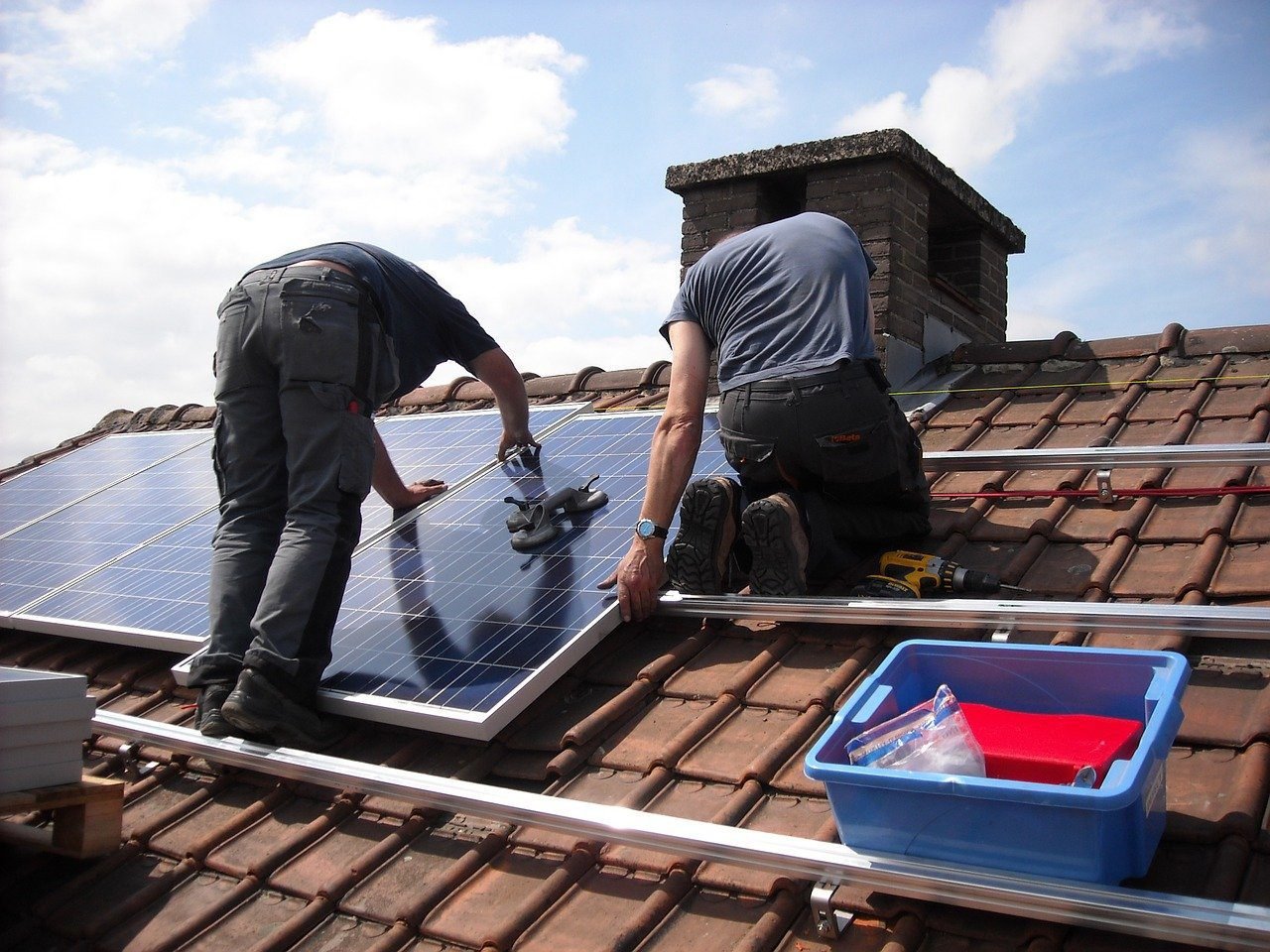
How To Incorporate Renewable Energy Into Your Home
Incorporating renewable energy into your home can be a beneficial choice for businesses and homeowners. Renewable energy, like solar power, can allow homeowners to reduce utility bills, minimize their carbon footprint, and earn money from their electricity. Here are tips on how to incorporate renewable energy into your home:
Table of Contents
Toggle1. Prioritizing Natural Light
Natural light may not create electricity but offers free lighting, which can reduce your electric light bills. Homeowners can reassess their window treatment and size to maximize natural light. Bigger windows will let in more light, reducing your dependence on electricity to power your home during the day. Tubular skylights or sun tunnels can help you illuminate your home using natural light. They’re faster, easier, and cheaper to install than traditional skylights. Their metal tubes can snake around small spaces and obstacles and offer daytime lighting.
2. Using Solar Panels
Photovoltaic (PV) panels are the most common and effective way of creating renewable energy. Solar panels are usually positioned on the roof to capture the sun’s energy and turn it into power. The average American household consumes roughly 886 kWh of electricity per month.
Check how many panels you need to produce adequate power for your home. Your region’s sunshine hours will affect your solar panels’ number, size, and wattage. Homeowners can completely power their homes with solar panels. As an added bonus, homeowners may get sales tax exemptions, federal solar tax credits, and property tax exemptions. If you can generate more power than you need, you can earn credit on your electric bills through the net metering program.
3. Converting Wind Energy
You can harness wind power in a windy region. Wind power can propel a wind turbine, which in turn generates electricity. Use smaller wind turbines suitable for residential installation. A homeowner may need large open land without obstructions to use wind power effectively. Place your wind turbine at the highest point with sufficient room for the spinning blades. One can also earn money by hosting wind power for energy developers.
4. Installing Solar Water Heating Systems
Solar-powered water heaters and solar energy panels share the same principle. The former uses the sun’s energy to heat water, and the latter converts the sun’s energy into electricity. Homeowners don’t need many solar water panels to replace or minimize conventional gas or electric water heating.
Solar-powered water heaters use solar energy to heat a water reserve, which is pumped to your faucets and shower for usage. Using solar to heat water can be cheaper than gas and electricity. Unlike solar, which is free, a gas or electricity water heating system requires you to pay monthly utility bills.
5. Investing in a Geothermal Heat Pump
A geothermal heat pump distributes heat from the Earth’s interior to your house. The underground source heat pumps can replace your traditional HVAC system for less money and maintenance. The temperature underground is unaffected by the changing climate. You can heat your home all year round. Let a land surveyor inspect your property to determine the ideal ground loop.
Depending on geology, land availability, and hydrology, the land surveyor may decide on an open or closed ground loop. The pipe systems are filled with eco-friendly antifreeze solutions to serve as heat exchangers. Pipes then transfer heat from the ground to your house during winter and reverse the system during summer. The system covers less space than most traditional HVAC systems and can last for many years.
Try Using Renewable Solar Energy Today
Adopting renewable energy in your home adds features that provide enhanced sustainability. The above options allow you to live greener and boost your property’s value. Consider implementing solar energy into your home as it can be very versatile. Contact a reputable company to get started with solar power today.




